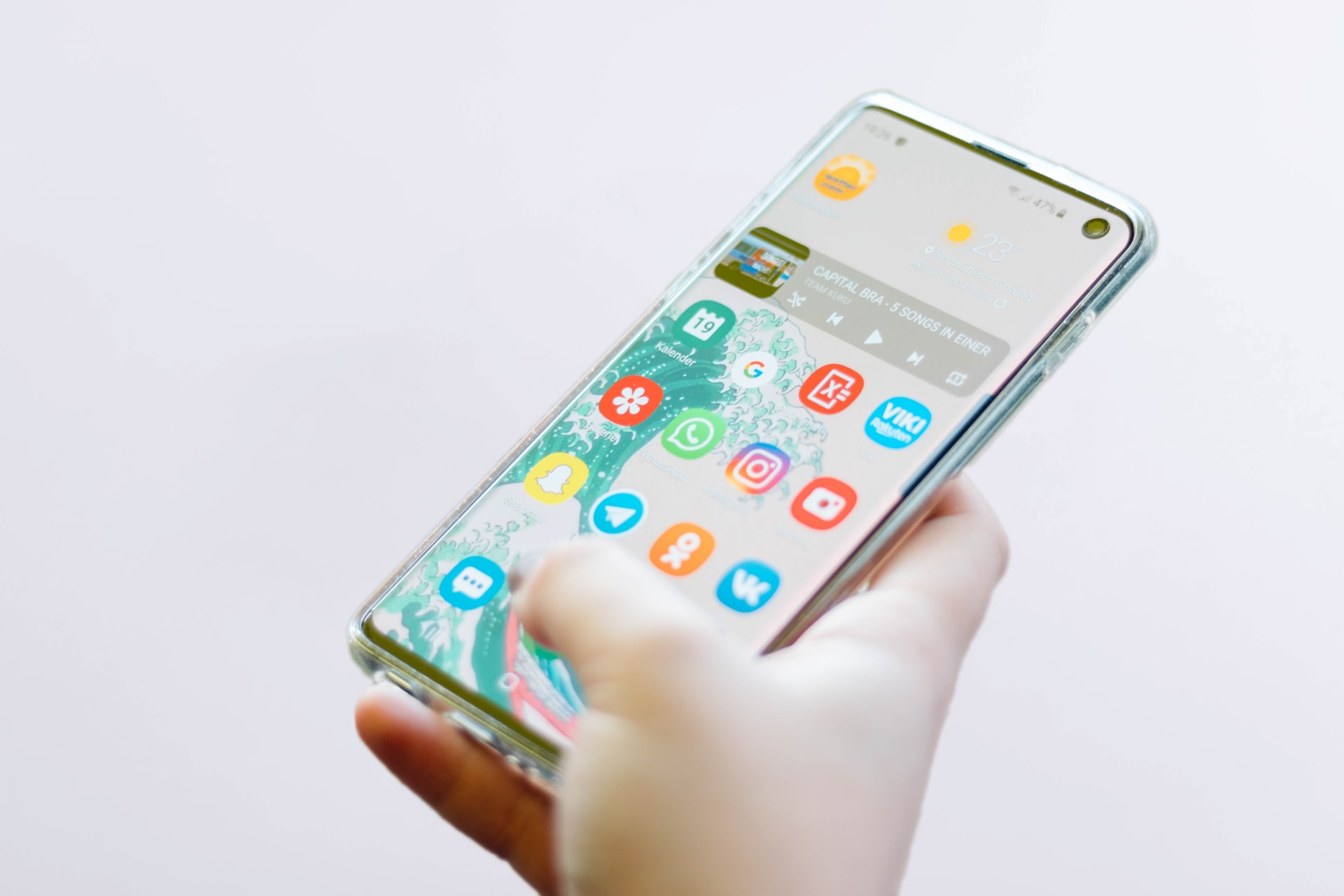Third-gen folding-screen Android irons out kinks with water resistance, faster performance and lower price
The flip phone continues its march back towards the mainstream thanks to Samsung’s folding-screen technology. Now cheaper, smoother, water resistant and more durable than last year’s model, it may leave you questioning why you would buy a standard phone at the same price. The Galaxy Z Flip 3 replaces the original Z Flip (there was no version two) and costs £949 ($999/A$1,499) – £350 cheaper than its predecessor and on a par with the top smartphones, including Samsung’s £949 Galaxy S21+. The Flip 3 is one of Samsung’s third-generation folding-screen devices alongside the £1,599 Galaxy Z Fold 3 tablet-phone hybrid. The Fold 3 is about putting a tablet in your pocket, while the Flip 3 is essentially a smartphone that folds in half like a makeup compact.
The new Flip 3 is an evolution of Samsung’s previous foldable device. It is slightly thinner, shorter and narrower, the hinge has been refined, the design on the outside is less showy and it feels a bit more sturdy. Compared with the original Flip, the folding 6.7in OLED screen is twice as fast, with a 120Hz refresh rate, bringing it into line with top regular smartphones and making scrolling and other interactions visibly smoother. Its ultra-thin glass cover is 80% more resilient too, though still considerably softer than standard glass, and much smoother to the touch, allowing your fingers to glide over the surface as easily as a regular phone. There’s still a crease you can feel where the screen folds, but it is only visible when the screen is off and at certain angles, making it easy to overlook.
Perhaps the biggest physical upgrade is the phone’s water resistance – a first for folding-screen phones – rated to IPX8 standards of 1.5-metre depths for 30 minutes, matching the best regular devices. It is important to note that the device is not dust-resistant to the same extent, as Samsung has waterproofed each half of the phone and then put anti-corrosion treatment on the hinge in between. Dust could still get in to the hinge, but as the previous model proved, concerns of it causing issues are largely overblown if you’re a little bit careful with the device.
